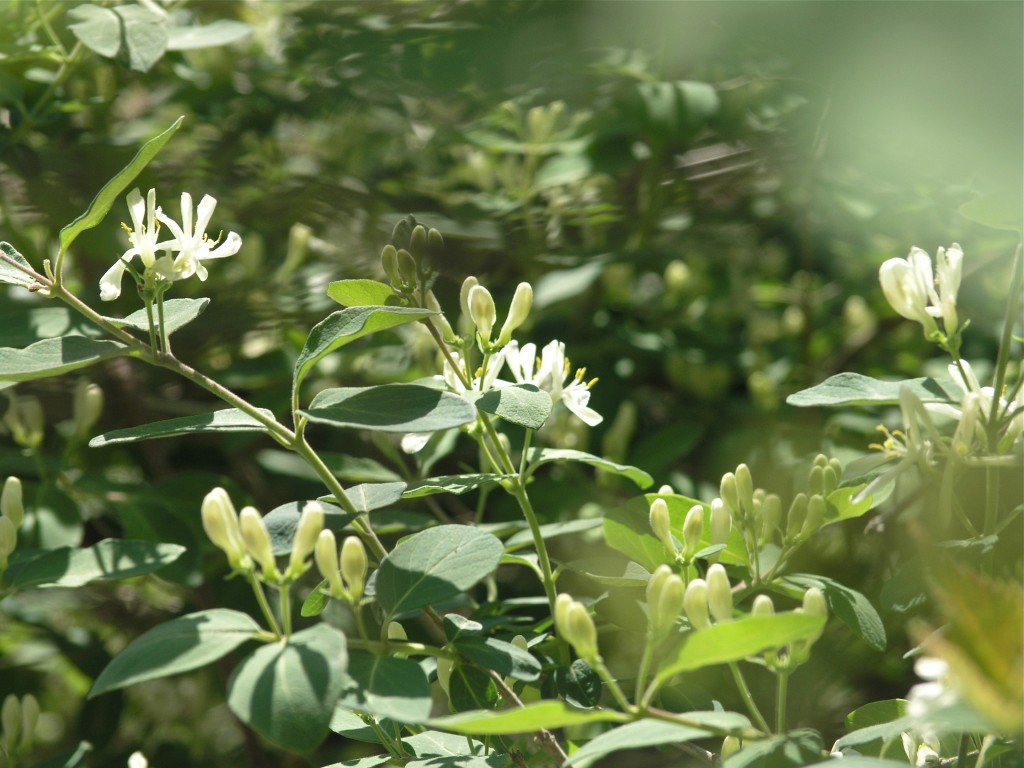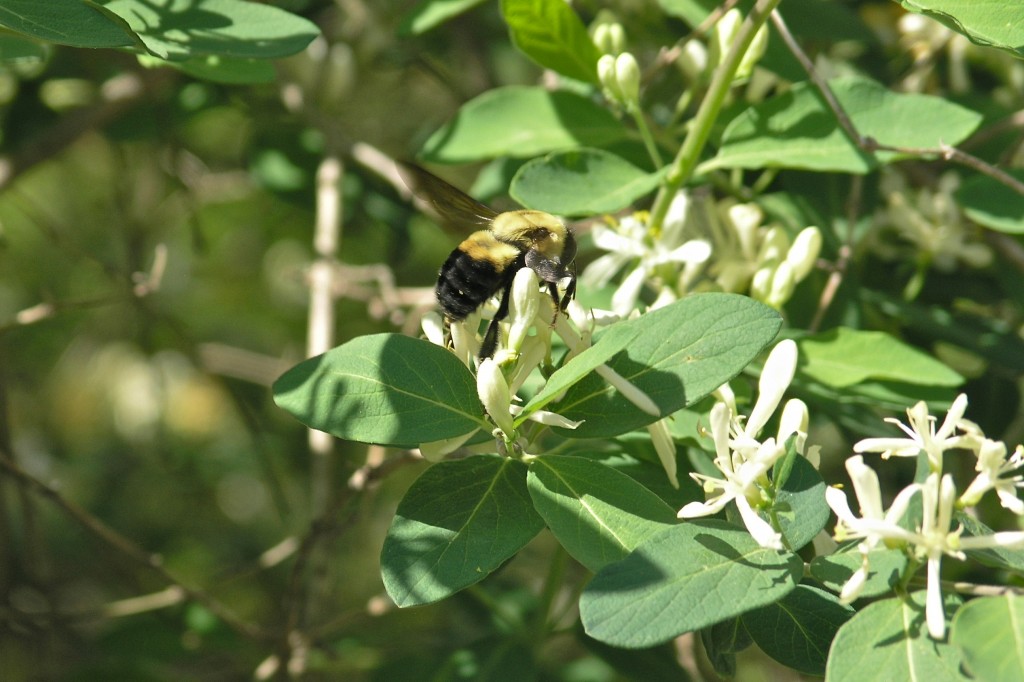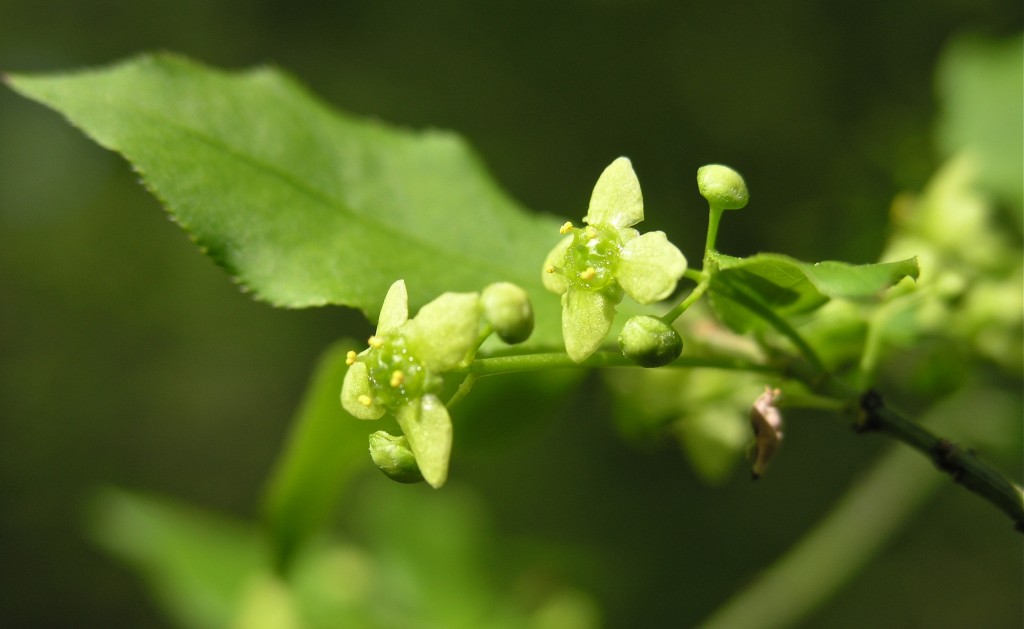 There are lots of these at Centennial. In autumn, the leaves turn a ghostly pale pink in the shade. It’s an invasive and “its importation and sale is prohibited in Massachusetts and New Hampshire.” That must be a recent development, since they’re everywhere. Native to eastern Asia.
There are lots of these at Centennial. In autumn, the leaves turn a ghostly pale pink in the shade. It’s an invasive and “its importation and sale is prohibited in Massachusetts and New Hampshire.” That must be a recent development, since they’re everywhere. Native to eastern Asia.
Category Archives: Shrubs and bushes
Morrow’s Honeysuckle
Japanese Barberry
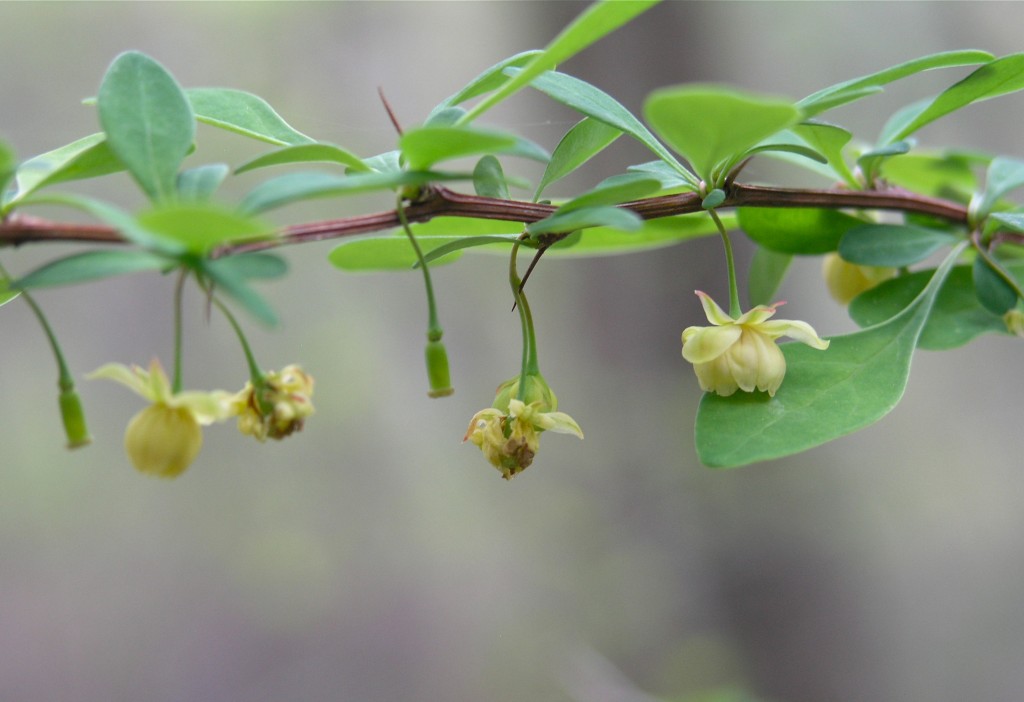
I was excited to notice these beautiful little yellow flowers hiding on this thorny bush. Now I find out it’s another destructive invasive. It can form thick brambles that crowd out everything else. Red berries in winter. Origin: Japan. (Thanks to Alert Flowerophile Irit for wrangling Lucy while I took pictures.)
Japanese Barberry (Berberis thunbergii)
Japanese Silverberry
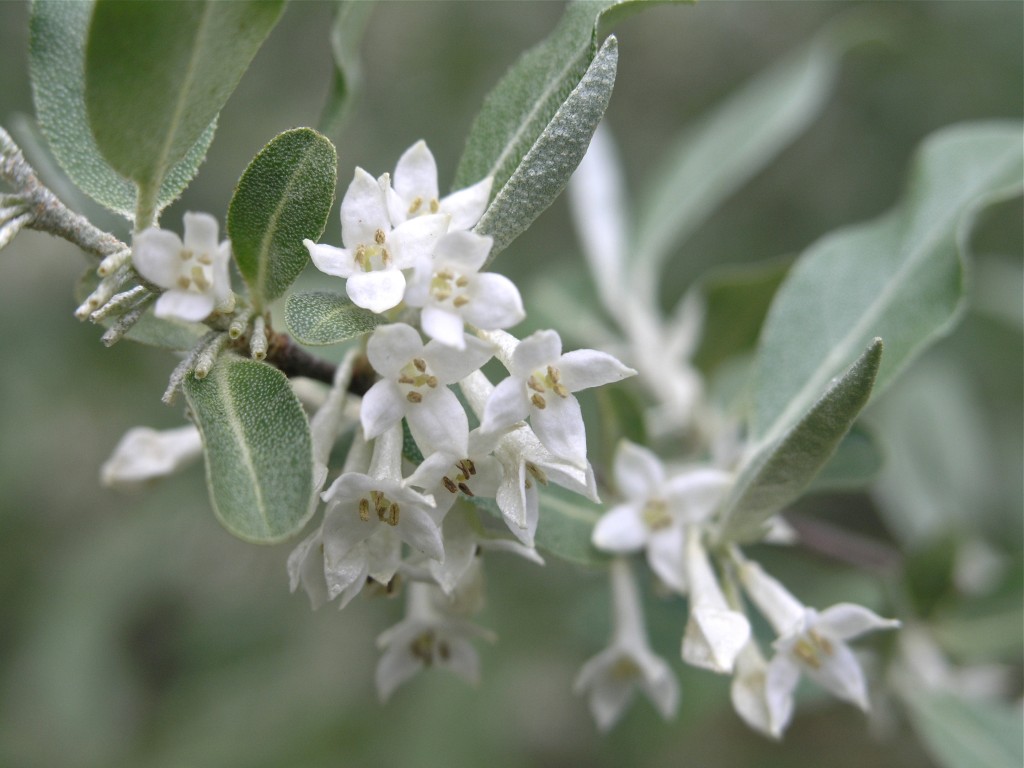 This is a large shrub native to eastern Asia, considered an invasive species here. The leaves are silvery in spring, but turn greener throughout the summer. The flowers are lightly fragrant. They’ll have red fruit that is edible (works well as a dried fruit) and has loads more antioxidant lycopene than tomatoes!
This is a large shrub native to eastern Asia, considered an invasive species here. The leaves are silvery in spring, but turn greener throughout the summer. The flowers are lightly fragrant. They’ll have red fruit that is edible (works well as a dried fruit) and has loads more antioxidant lycopene than tomatoes!
Japanese silverberry, Autumn-olive, Spreading oleaster (Elaeagnus umbellata)
Highbush Blueberry
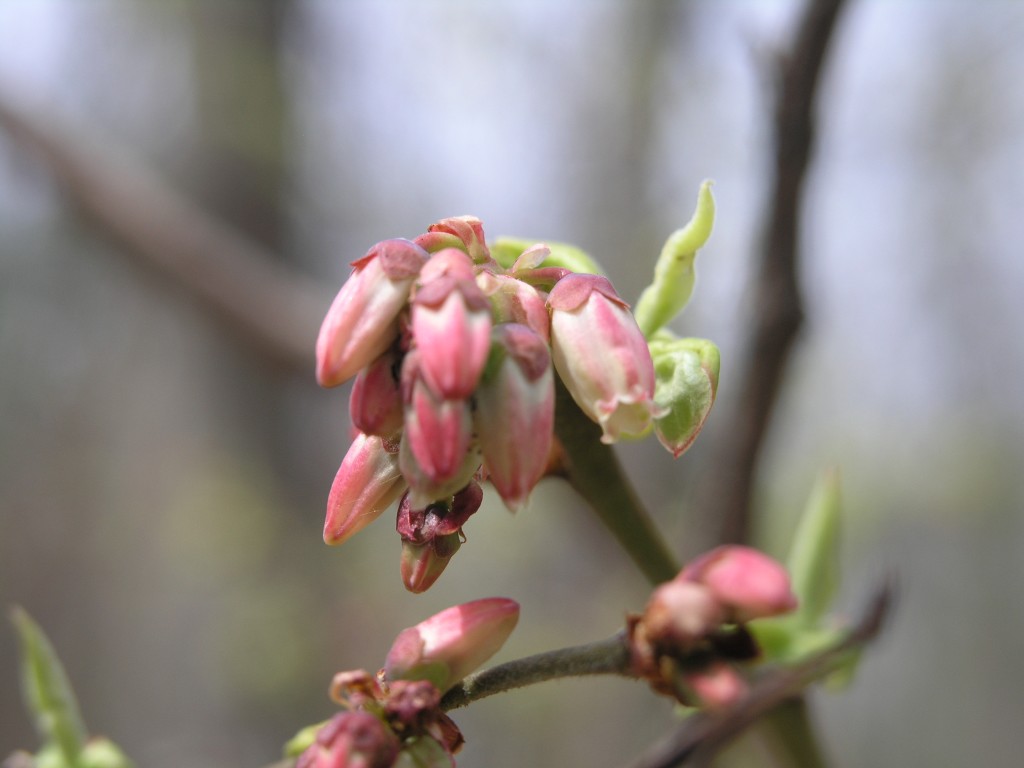
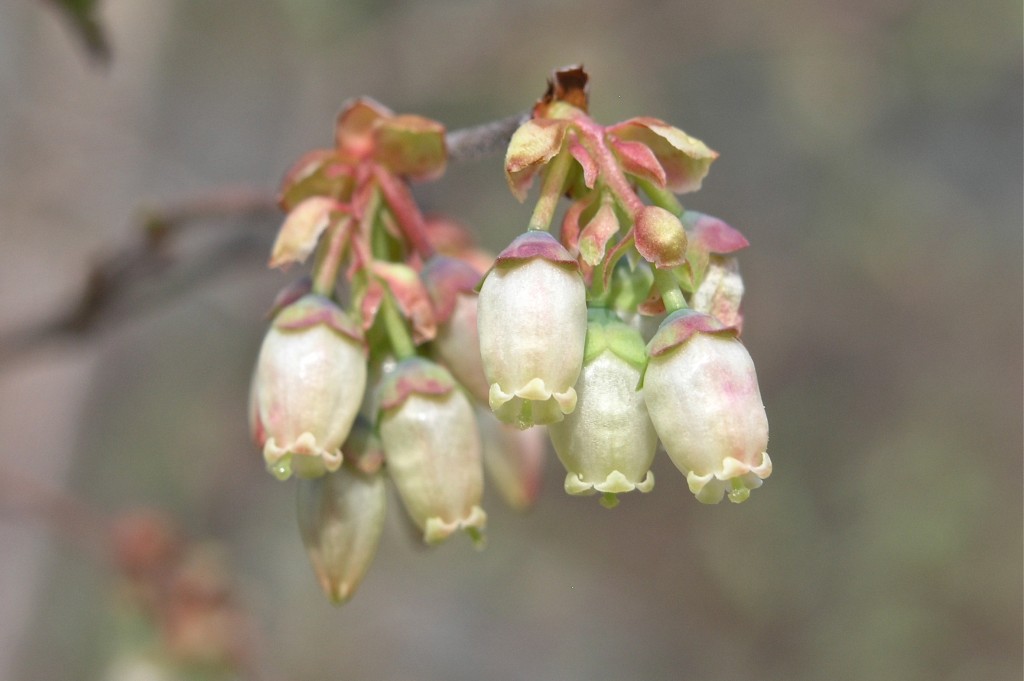 I’ve realized we have at least two kinds of blueberry plants around here. There are the small (lowbush) ones which are very common in our woods, and now I’ve noticed we also have highbush blueberries — the bushes are about 6 feet tall. This is the kind that was used to create cultivated blueberries. They’re native. The photos above (both the highbush variety) were taken one day apart — the top one is at Centennial in the shade, and the bottom one is at the Town Forest in a sunny previously burned area.
I’ve realized we have at least two kinds of blueberry plants around here. There are the small (lowbush) ones which are very common in our woods, and now I’ve noticed we also have highbush blueberries — the bushes are about 6 feet tall. This is the kind that was used to create cultivated blueberries. They’re native. The photos above (both the highbush variety) were taken one day apart — the top one is at Centennial in the shade, and the bottom one is at the Town Forest in a sunny previously burned area.
Northern Highbush Blueberry (Vaccinium corymbosum)

